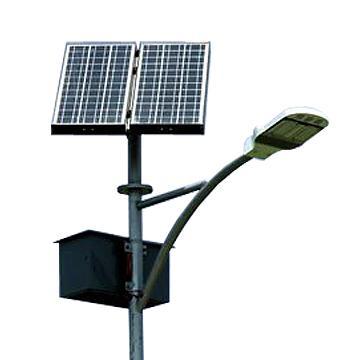With increasing units of brightness, the increasing application of LED lighting in the area. In order to continue to increase LED lights brightness, single Lei chip area and the use of power potential can not be free, but doing so is also mixed with the high heat generation.

Ceramic package is not yet universal, K1 package proposed by Lumileds 1W (or above) led the field has become well-known products. But with the market, enhance the product features, packaging factory continually improving its own products. Film flat ceramic substrate (DPC Ceramic Substrate) coupled with the introduction of molding the direct production of optical lenses, ceramic package, high power led package the product and the addition of an option. Actual product authentication in the past few years, however, international companies invariably closer to the ceramic package directions, for reasons that deserves careful thought.
K1 and comparison of the ceramic package, the biggest difference is that the concept of the design:
K1’s biggest advantage is that the structure of the metal reflector cup, led street lights Lei chip back luminous efficiency can be fully applied. K1 structure of the material between each other thermal expansion coefficient differences, such as plastic and metal, the lens and the lead frame, etc., under the load of the cycle of long-term high-power, can make the material interface between the gap leaving the water vapor to enter. Especially in outdoor lighting applications, the use of the environment is more complex, outside temperature, water vapor, as well as environmental pollution brought about by a variety of gases such as sulfur .. etc, K1, trust and face more challenges.
Ceramic package design focus, focus on reliability. Use of high thermal conductivity of ceramic and metal, the heat produced by high power quickly export the package in vitro. Coupled with the thermal expansion coefficient differences on ceramic and metal, or ceramic with a optical part of the polymer (silicone) is small, and should reduce the risk of thermal stress generated in the material. In addition, an optical silica gel is produced by the process of molding, forming and covering the entire ceramic substrate, both optical and protective effect of the ceramic package reliability is much higher than K1,. Of course, the ceramic package using thin-film flat-panel ceramic LEDs(led flood lights) backlight can only rely on a flat metal to reflect light use efficiency than the K1 lower, but because of low body temperature of the ceramic package, so the effect of both added up, the differences in both the overall luminous efficiency is not obvious.
